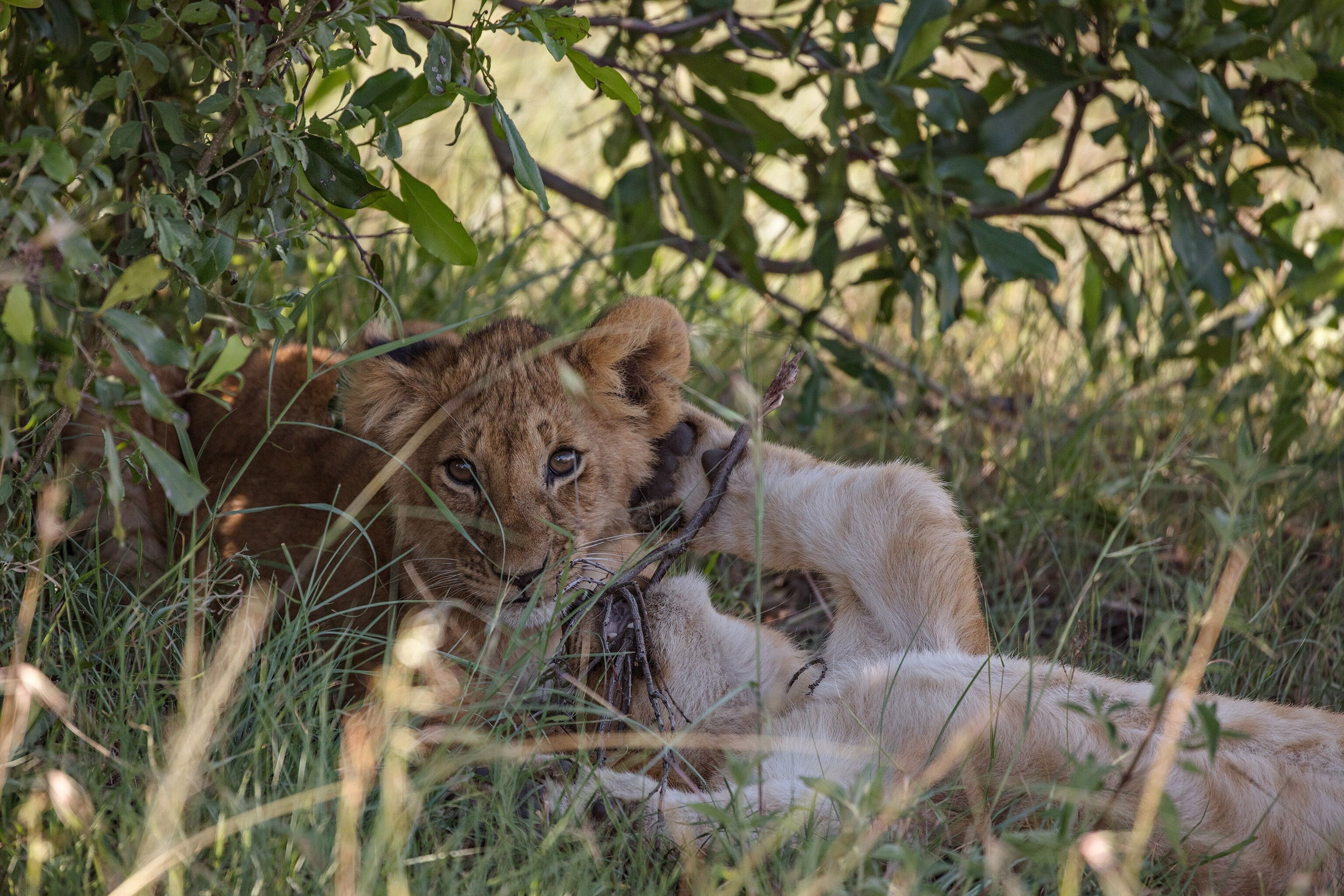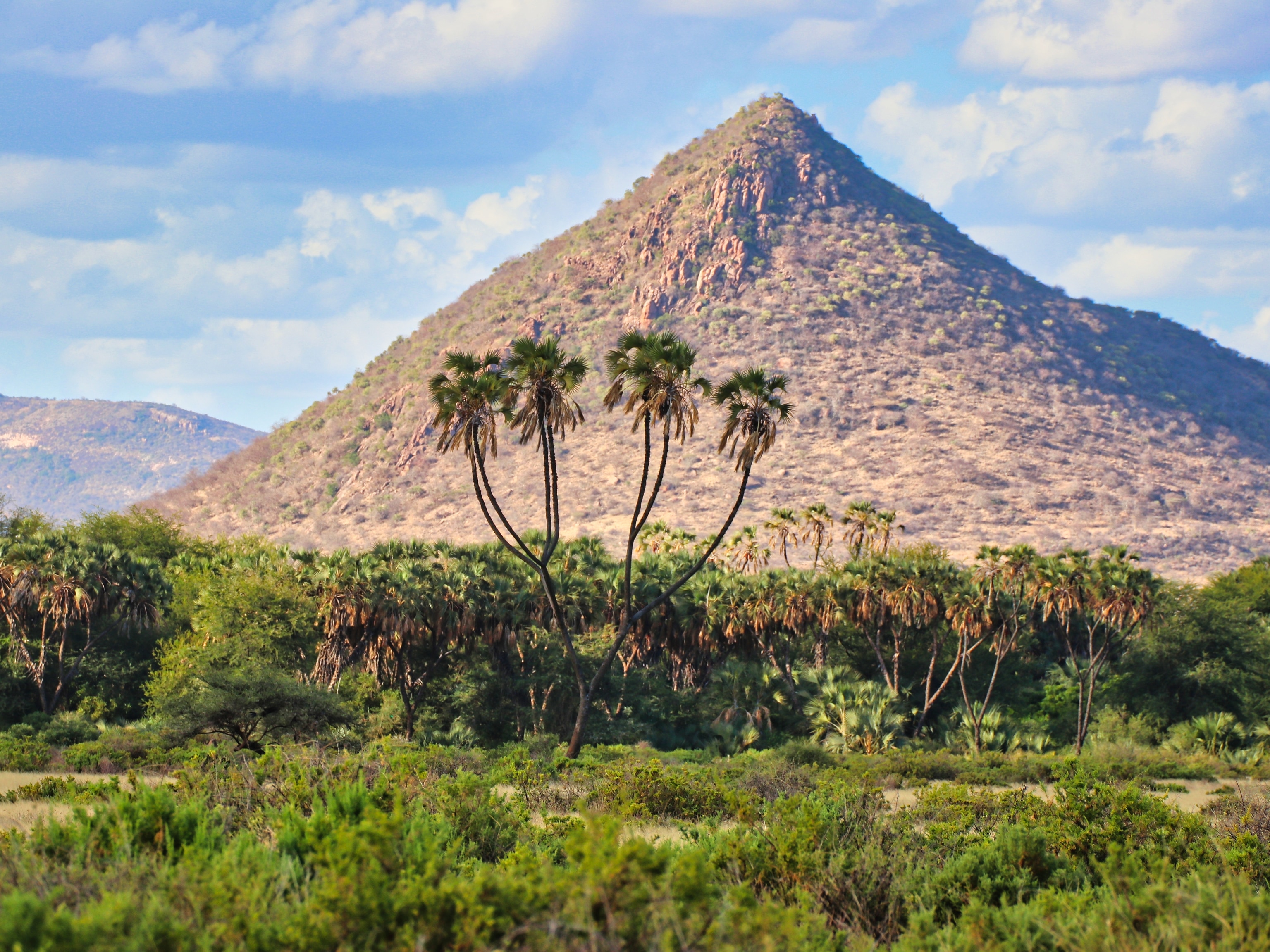
5 Tips for Better Photos on Safari
Get the most out of this once-in-a-lifetime trip.
Every year, flocks of eager tourists set out on safari in hopes of capturing the quintessential wildlife photo. Getting the perfect shot isn’t just about luck—you can improve your odds significantly with some careful planning. Here are a few tips for getting the most out of this once-in-a-lifetime trip.

Choose Your Gear Wisely
Choose a camera setup that will get you close to the action without weighing you down. The easiest way to achieve this is with interchangeable lenses—preferably a zoom lens around 200-400mm and another lens for wide landscape shots. The optimal setup is two cameras: one with a long lens and one with a wide lens. You don’t want to miss the shot because you’re switching lenses right as the lion goes in for the kill, not to mention the dusty conditions that can wreak havoc on an exposed sensor. Avoid taking a tripod since they can be cumbersome and space is limited on the vehicle. Pack extra batteries and memory cards since you’ll have few chances to charge your camera and transfer photos throughout the day. Whatever gear you decide to take, it’s essential to know the ins and outs before your trip—if you’re busy tinkering with a new camera, you’re probably missing out on the action around you.

Go With a Pro
It’s tempting to try and save money by organizing a safari on your own, but it’s worth it to go with a travel specialist, like Safari Professionals. Quality travel advisors can offer small or private tours so you are not fighting for a good view or moving on before you get the shot. A good guide will also have the knowledge and experience with wildlife to ensure you’re in the right place at the right time to capture stunning images. Going at it alone or with an inexperienced operator may lead to missed opportunities and subpar photos.

Light is Key
The essence of good photography comes down to good light, and nature photography is no exception. It doesn’t matter how expensive your gear is, without good light, your photos will be flat and uninteresting. Getting the best possible photos from your trip might mean losing some sleep. Waking up before sunrise will provide the best light and more opportunities for active wildlife since many animals retreat to rest in the shade during the heat of the day. Similarly, dusk is an optimal time to capture animals waking up from their afternoon naps as the sun sets on the horizon.


Be Patient
It is tempting to move on from the herd of elephants after snapping a few photos, but patience pays off. In order to get spectacular images, you have to spend time watching the animals. Over time, you can better understand the animal’s behavior and relationships, which will lead to better photos.

- National Geographic Expeditions
Get a Different Perspective
Game drives are by far the most common way people see wildlife in Africa but there a number of other options. Walking safaris provide opportunities to get on the ground and see things that might be overlooked in a vehicle. Biking tours are a great way to be more active while on safari but they are not ideal for photography since bikes and cameras don’t mix well together. For those looking to splurge, safari operators like Scenic Air Safaris will give you a whole new view of Africa. Unlike most safari companies, Scenic Air Safaris is one of the few operators that specializes in low level flying, giving you a unique view of the landscape and animals while on route to your destination. Scenic Air Safaris also offers access to leading endangered animal experts while you are on a trip. A variety of different animal experts, from cheetahs to African wild dogs, are on hand throughout your safari to provide priceless insight into each animal's behavior and what actions are being taken on the ground to preserve the species and its habitat.





